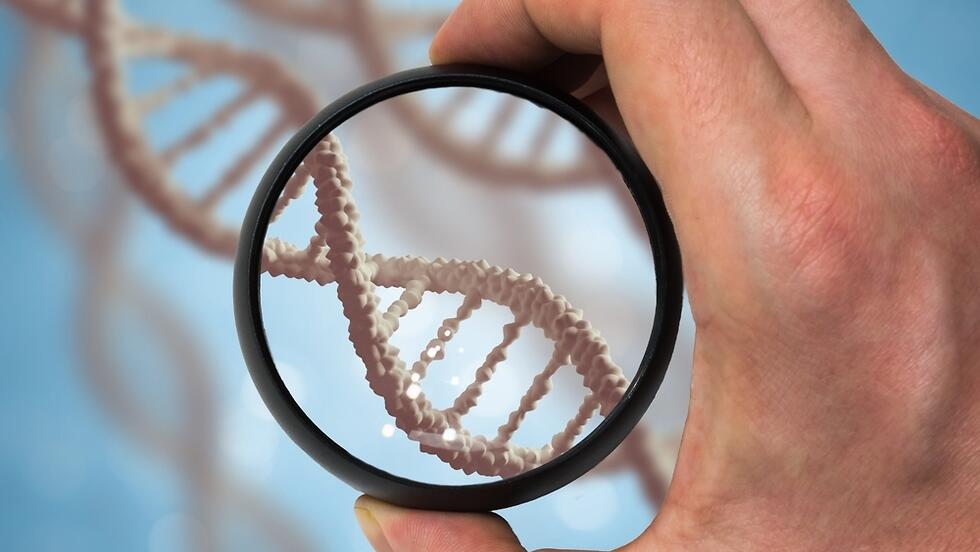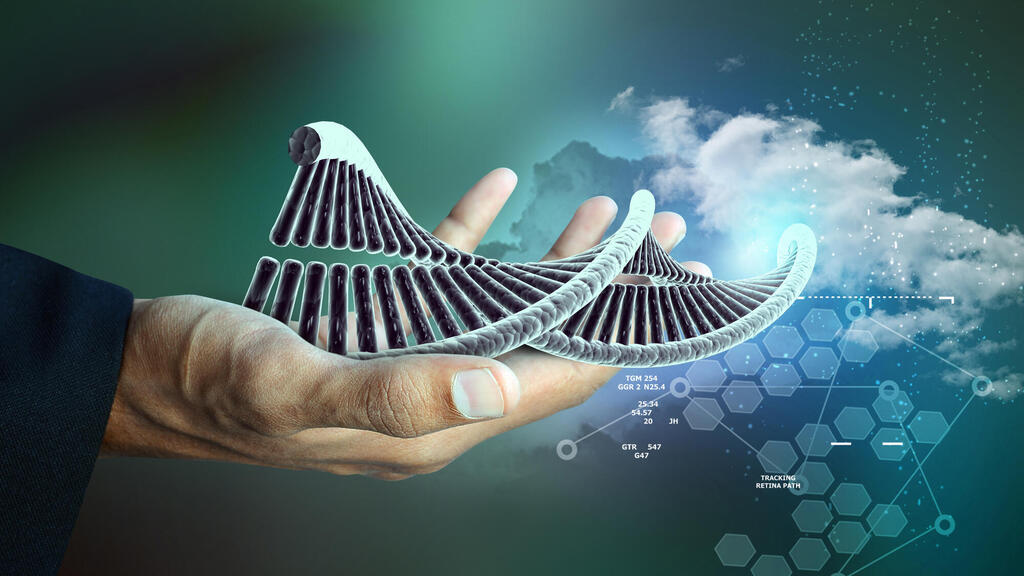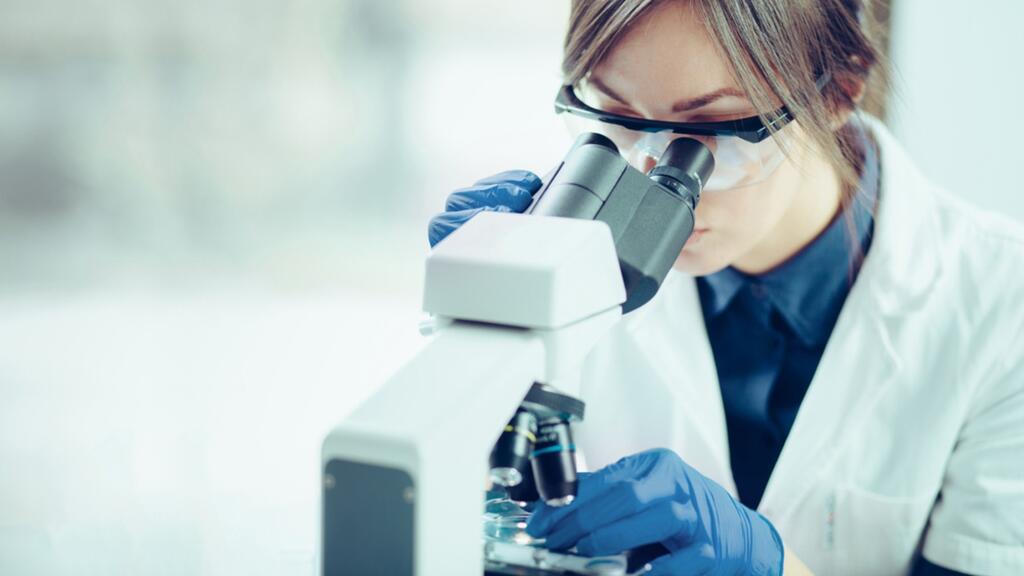At the age of 18, Paul felt weak and had uncontrollable spasms in his hands. The doctors were unable to identify the source of the phenomenon, and this continued to be the case when at the beginning of the third decade of his life, the symptoms were joined by heart problems that became progressively worse.
At the age of 26 he was hospitalized due to a significant heart attack and needed resuscitation, but his diagnosis was still slow to come. Only six years later, at the age of 32, doctors identified the source of his problems, and it was found that Paul suffers from myotonic dystrophy.
Carly, another patient, says that in addition to the muscle weakness, over the years she has experienced difficulties in processing complex information, speech difficulties and severe fatigue. Her diagnosis also came very late.
Because of the great differences in the symptoms of the disease, she and many of the patients experience great uncertainty regarding their future and the development of their disease. This lack of knowledge makes it difficult for them to maintain a stable lifestyle. “It’s scary [...] no one can tell me what it will look like,” she says.
Myotonic dystrophy is an inherited neuromuscular disease that affects one in 8,000 people, that is, close to a million patients worldwide, making it one of the most common forms of muscular dystrophy. The disease affects many systems in the body, but is mainly associated with muscle weakness and difficulty in relaxing them.
Therefore, one of the means of diagnosing the disease is the handshake test, in which the doctor and the patient shake hands. If the patient has difficulty releasing his hand, he may be suffering from the disease.
It is a dominant hereditary disease that is not related to the sex chromosomes. That is, if one of the parents is sick, there is a 50 percent chance that the disease will pass to the offspring. Due to the genetic mechanism that characterizes it, in which the genetic defect accumulates over time, offsprings of sick parents tend to suffer from a disease more severe than that of their parents.
In addition, the wide variety of the disease’s symptoms makes the diagnosis very difficult and leads, as in the cases of Paul and Carly, to a years-long delay in diagnosing the disease. Common symptoms of the disease include: muscle weakness, vision impairment (cataract), impaired thinking skills, heart problems, digestive system problems and depression.
Everything starts with DNA - a huge molecule that contains all of the necessary instructions for building the living body and its functions. These instructions consist of genes - sequences of building blocks termed bases, or nucleotides, different combinations of which tell the body’s cells which proteins to produce.
Proteins, in turn, are the molecules responsible for carrying out the different processes in the cells, such as breakdown and assembly of compounds, or bringing in necessary substances into the cell. Human DNA is mostly found in the cell nucleus, in 23 pairs of structures called chromosomes.
There are four types of nucleotides in DNA, abbreviated as A, C, G and T. As in any language, a change of one or more of these letters in the code may change the message, that is, lead to the construction of an incorrect protein. Such a change - an addition, a deletion or a replacement of nucleotides - is termed a mutation, and some mutations may cause diseases or birth defects.
In myotonic dystrophy, the mutation is manifested in unnecessary repetitions of a certain sequence of bases. Such repeats in either one of two specific regions within the DNA can lead to a slightly different type of disease.
Myotonic dystrophy type 1 (DM1) results from a mutation of multiple repeats of the CTG base sequence in a gene located on chromosome 19. The protein encoded by this gene plays an important role in intercellular communication in skeletal muscle, heart, and brain cells.
For example, in voluntary muscles such as hand muscles, the protein plays a role in cessation of muscle contraction and promotes muscle relaxation. In this type of disease, the damage is mainly focused in the muscles located far from the center of the body, such as muscles of the face, forearms and calves.
Myotonic dystrophy type 2 (DM2) results from repeats of a different sequence of nucleotides - CCTG - in one of the genes located on chromosome 3.
The mutation in this gene disrupts the body’s regulation of the processes responsible for production of muscle proteins, and in this case the damage is mainly focused in muscles found close to the center of the body, and tends to be milder compared to DM1. In a study performed in mice, it was found that neutralizing the activity of this gene led to a serious impairment in the proper construction of muscle fibers.
In addition, there was a decrease in the muscle mass of the mice from a young age. When the degree of neutralization of the gene was mitigated to allow for production of the protein in minimal amounts, damage to the muscles still occurred, but was observed at an older age.
To date no cure exists for the disease, neither in the form of a treatment nor of a medicine. Treatme
nt of patients focuses on reducing their symptoms, improving their quality of life and slowing down disease progression.
A recent study at the University of Nottingham in the UK gives a glimmer of hope to patients and their families. The researchers found high levels of a certain protein in the damaged cells of patients, which they are convinced has an effect on the production process of the disease-causing proteins.
They also hope that they have managed to find a molecule that reduces the activity of this protein, and that may be used to mitigate the damage caused to patients. They are now devoting most of their efforts to adapting the inhibitory molecule so that it does not also affect normal proteins.
However, many more years of research are required before this research can lead to the development of an effective treatment for the disease, and there is no guarantee that this will indeed happen.
The real hope is that a preventative treatment will be found for the root cause of the disease, to prevent it from developing in the first place. If and when this happens, it will be wonderful news to the hundreds of thousands of patients and carriers of the defective gene worldwide.






